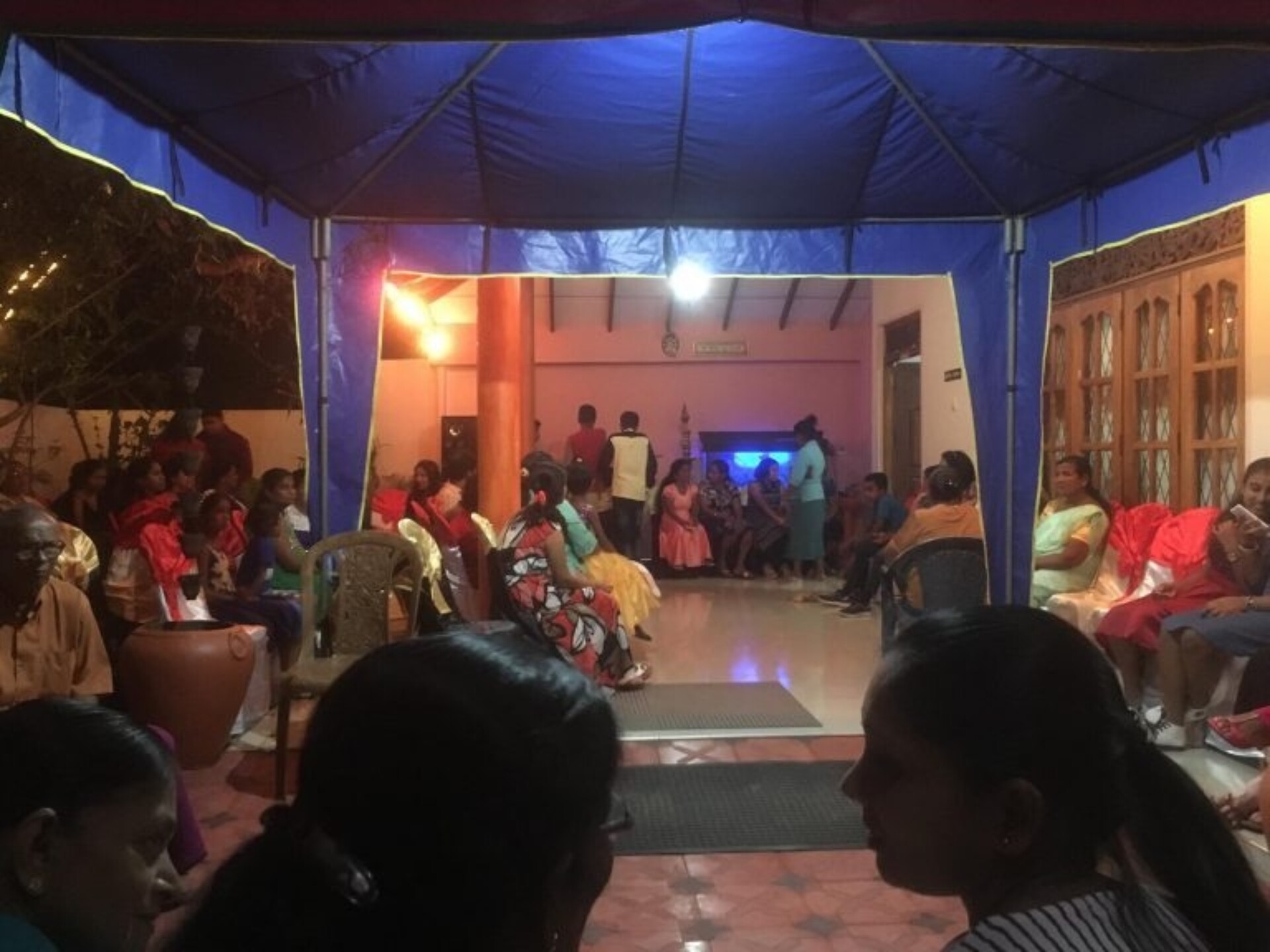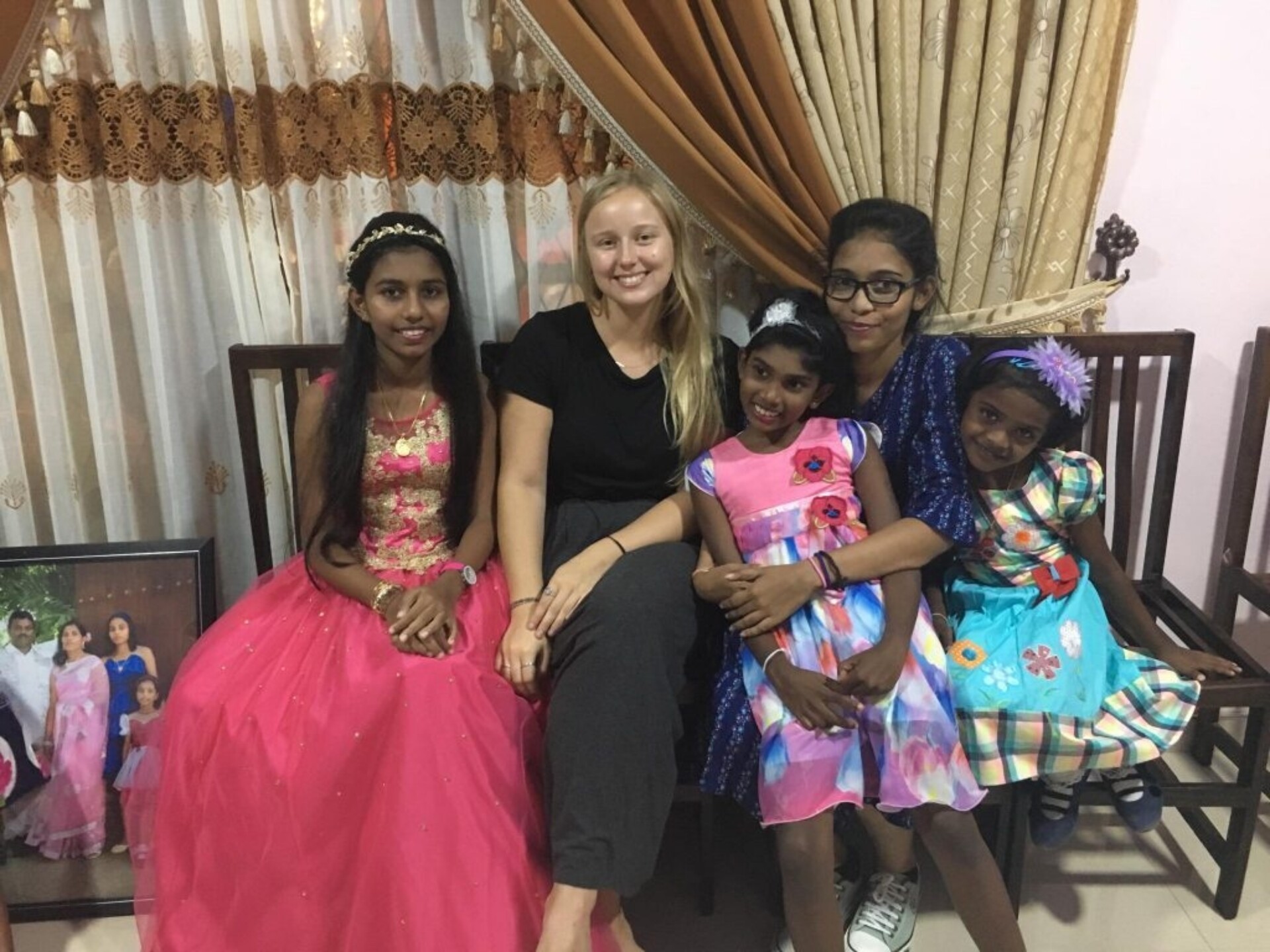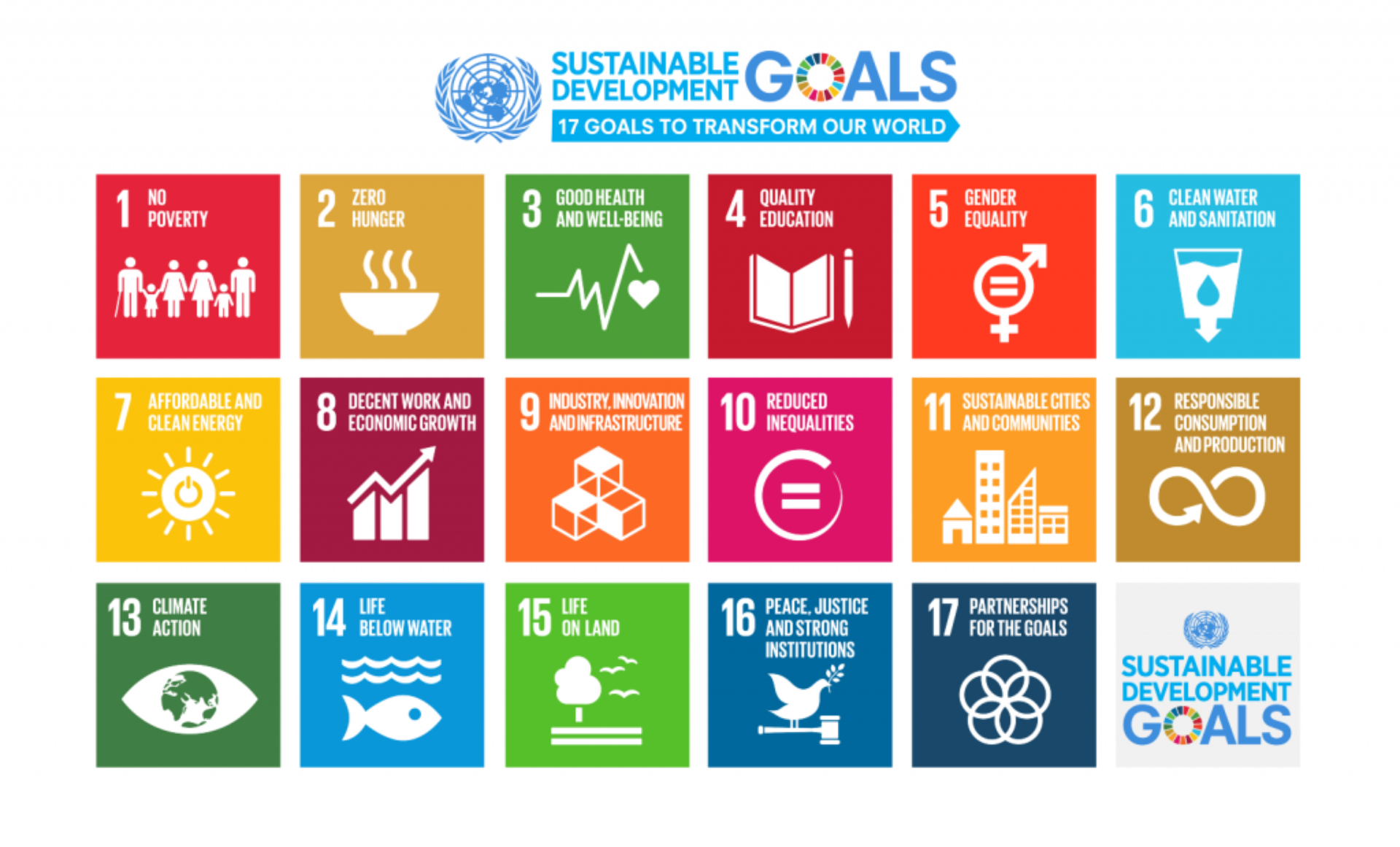
Testimonial
It’s All Fun and Games Until Reality Sets In
Our world is filled with different cultures, traditions, customs, and much more. Despite these differences, one of the things that humans share in common is the transition through puberty. All around the world, little boys are getting deeper voices and growing facial hair, while girls begin to grow curves and menstruate. Although this trait is shared amongst everyone, the culture in which the individual resides makes the reaction to puberty and one’s experience through it very different.
In December, my supervisor invited me to her niece’s ‘Big Girl Party’. After agreeing, I quickly realized I had no idea what that meant. I soon learned that this Sri Lankan event is a large celebration honouring a girl’s transition into womanhood after receiving her first period. It came to my attention that this celebration was a lot more extravagant, time-consuming and popular than I imagined.

The party venue! Not pictured: the delicious buffet, flashing lights, and the rest of the guests.
As I entered the party, my senses were overwhelmed with loud music, delicious smells of rice and curry, and bright flashes of lights. Big Girl celebrations are usually very festive and often resemble weddings [2]. As family members, friends and neighbours from around the nation gather at the home, the new woman is dressed in a beautiful gown waiting to greet her guests at her 24-hour celebration.
Post celebration, I researched furthered and discovered that there was a lot more to the cultural ritual than I experienced at the party. The Sri Lankan ritual includes a three-step process: separation, transition, and reintegration [4]. This rite of passage suggests that puberty is a stepping stone to receiving one’s token for marriage and childbirth [1]. Despite the rituals celebratory theme, there is often hidden inequalities and controversies present. These hidden factors begin within the first step, separation.
Separation occurs immediately after the girl’s first menstruation when she is excluded from social life due to her ‘impurity’. She is removed from her home and placed in a hut where other females may visit but men cannot. The duration in which an individual resides in this hut depends on their beliefs and traditions [1]. While the newly menstruating girl is hidden away, the mother and other female members bring together their knowledge and discuss how they can move forward. After members have consulted the girl about feminine matters, she then begins her transition back into society with a ritual bath [4].
The day of the bath, the contents of the bath water and the direction a girl should face is strategically selected by an individual with knowledge in astrology to ensure the best future for the girl and her family [4]. Once these things have been picked, a washerwoman then uses the chosen water contents to bathe the female away from the period’s evil toxins; a symbolism of fertility and cooling [1]. Next, the female enters another room wearing her first Saree, jewelry and gifts from relatives [4]. To finish off the transition, a priest is invited to bless her [2] and the washerwoman leaves the freshly bathed woman behind, bringing all the period related items with her [4].

Hanging out with the new “Big Girl”. You guessed it, she is the one in the beautiful pink dress.
Finally, the woman is now ready to be reintegrated back into society; the step of the ritual I was able to experience. Many young girls look forward to this day as it gives them an opportunity to pass on cultural traditions, maintain their distinct identity and feel empowered in the Buddhist community [2]. Despite these positive feelings, many Sri Lankans fail to recognize these wonderful moments of the cultural ritual, and instead label this biological process in a female’s life as taboo [3].
This controversial notion immediately impacts women’s menstrual hygiene and causes one’s health and education to be affected. The Buddhist community considers mensuration a natural process but views menstrual blood as dirty and harmful. The Buddhist religion believes menstruation blood is a threat to the girl and others, thus the transition period must take place [3]. As a result of this stigmatization, menstrual hygiene is greatly compromised. For a nation that celebrates the first menstruation, it is quite shocking to know the lack of attention given to the reality of having it.
When examining the issue of menstrual hygiene, it can be recognized that this controversial topic does not meet some of the Sustainable Development Goals (SDGs). The SDGs are structured to address important problems from a health and sustainability perspective. Although menstrual hygiene is not explicitly mentioned, it still greatly influences SDG 3, SDG 4, SDG 5, SDG 6 and SDG 8 (refer to picture below) [3]. The menstrual stigmatization prevents women from obtaining basic feminine products and partaking in proper sanitation practices, leads to various tract infections, limits women from safe and healthy choices, forces many girls to miss class and work, portrays women as inferior to men, excludes them from social and cultural life, and acts as a barrier to critical learning and potential for income [3]. This cultural ritual is an empowering day for young females all over the nation but is overshadowed by taboos which prevent the facilitation of quality education, gender equality, good health, decent work, and sustainability. As a result, the socioeconomic development of the country is greatly at risk [3].

Menstrual Hygiene influences 5/17 SDGs! – https://medium.com/friction-bu...
Not only was this cultural event very impressive and fun, but it also created a moment for me to experience and observe the ritual and Buddhist community. It allowed me to look beyond the celebratory occasion and into the negative reality of having your period in Sri Lanka.
Citations:
- Good, A. (1982). THE FEMALE BRIDEGROOM: Rituals of Puberty and Marriage in South India and Sri Lanka. Social Analysis: The International Journal of Social and Cultural Practice, (11), 35-55. Retrieved from http://www.jstor.org/stable/23159566
- Radhika, V. (2007, August 25). My big fat Sri Lankan coming-of-age ceremony. Retrieved from https://www.theglobeandmail.co...
- Tiwary, A. R. (2018). Role of Menstrual Hygiene in Sustainable Development Goals. International Journal of Health Sciences and Research,8(5). doi:2249-9571
- Winslow, D. (1980). Rituals of First Menstruation in Sri Lanka. Man,15(4), 603. doi:10.2307/2801536
